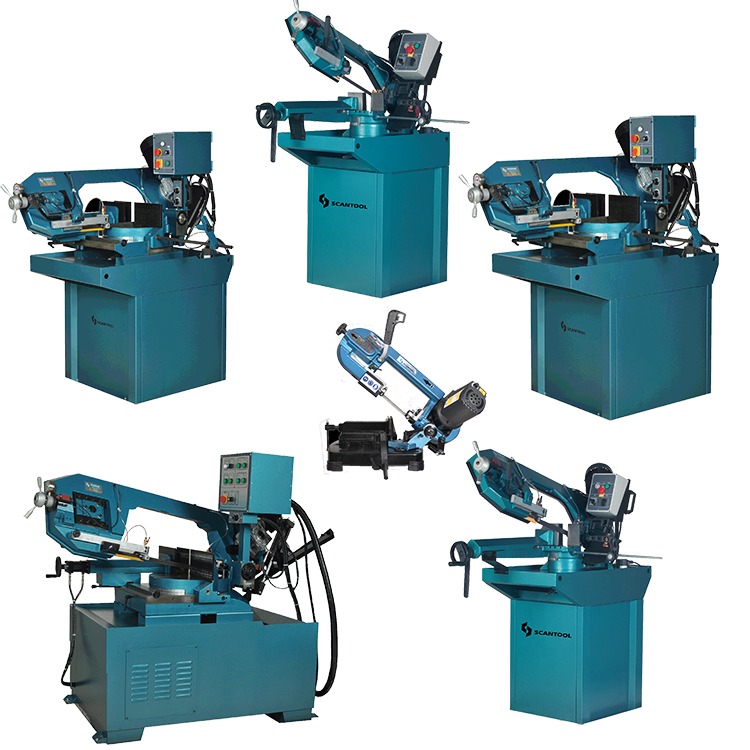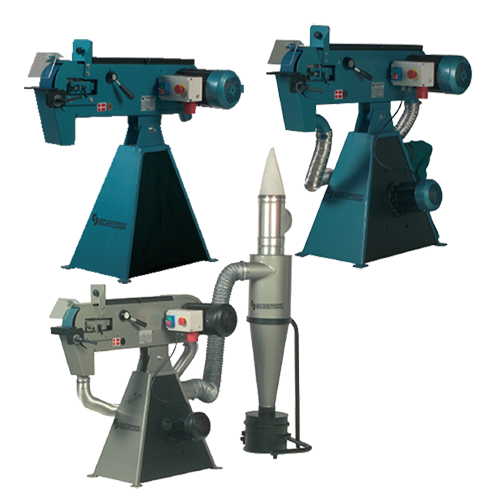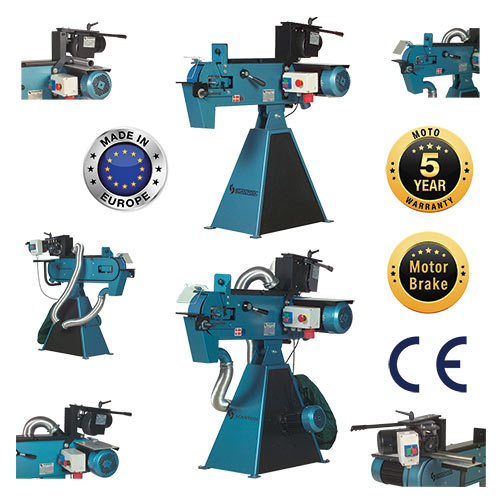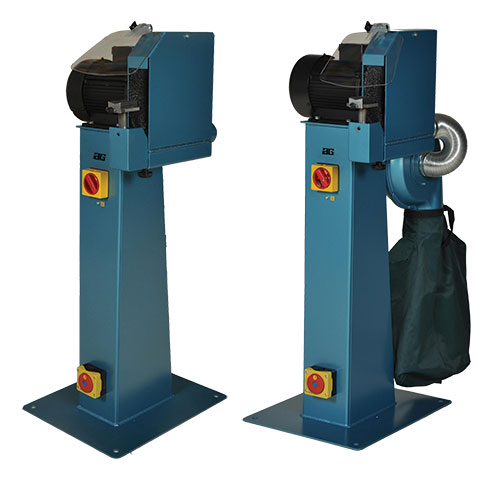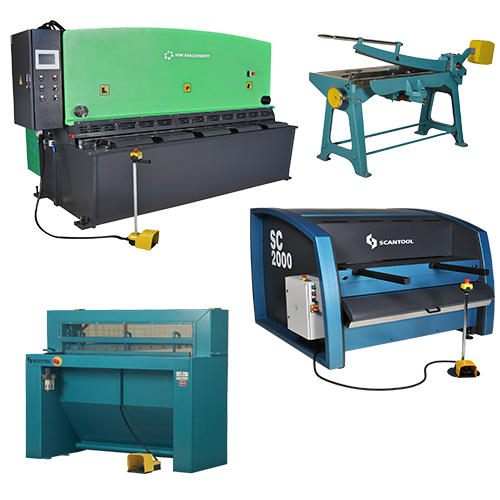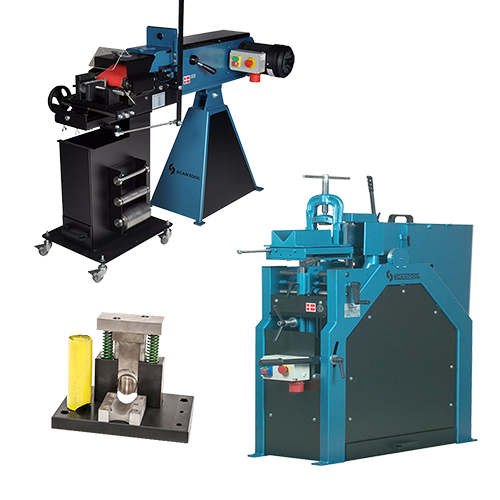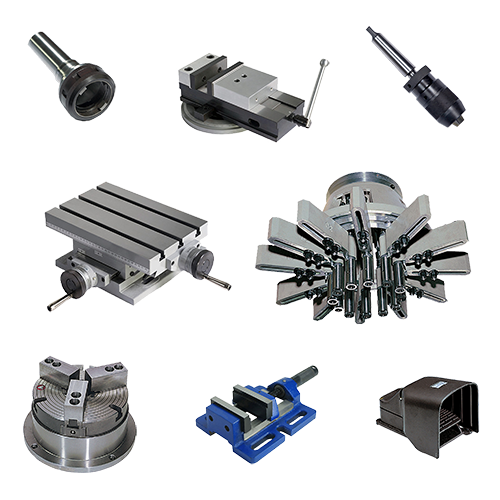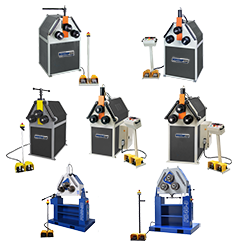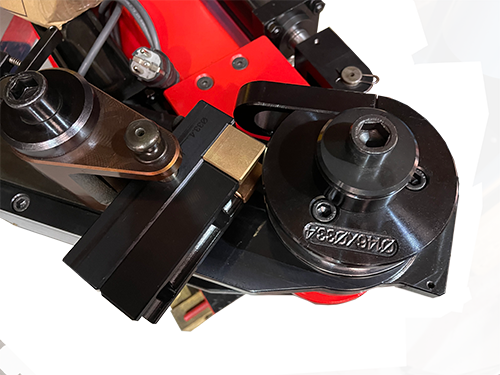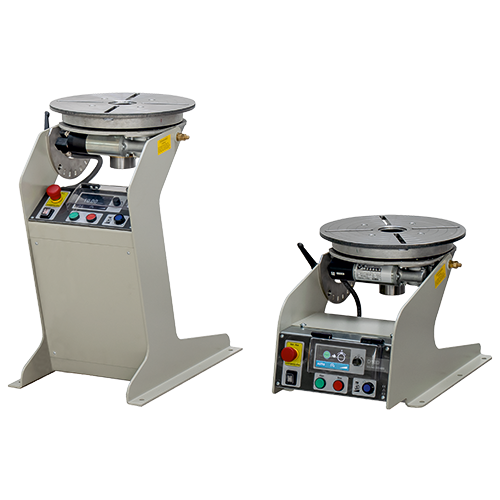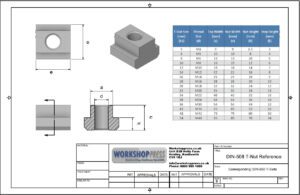
T-Nuts and T-Slots: The Standards That Dictate Compatibility
T-nuts are an essential component in precision engineering, machining, and industrial clamping systems. However, not all T-nuts are the same; they must correspond precisely to the T-slots they fit into. This is where standards play a critical role in ensuring compatibility, strength, and efficiency in industrial applications.
The Two Key Standards: DIN 508 and DIN 650
DIN 508 – T-Nuts Standard
DIN 508 specifies the dimensions, materials, and design of T-nuts, which are threaded fastening components designed to slide into T-slots. The standard defines key parameters such as:
- Thread size (M) – Metric thread sizes from M4 to M48.
- T-nut height (h) – Overall height of the nut.
- Top width (a) – The upper section width that sits inside the T-slot.
- Step height (k) – The depth of the lower part fitting into the slot.
- Length (e) – Overall length of the T-nut for proper engagement.
DIN 650 – T-Slots Standard
DIN 650 defines the dimensions of T-slots, which are machined into tables, fixtures, and mounting surfaces to accommodate T-nuts. This standard ensures consistency in:
- Slot width (b1) – The critical dimension determining nut compatibility.
- Slot depth – Dictating how deep a T-nut sits within the slot.
- Slot profile – Ensuring uniformity across machinery for standardized fixturing.
How Do These Two Standards Relate?
The DIN 508 T-nut standard is directly dependent on DIN 650 T-slot dimensions. Each T-nut size is designed to fit a corresponding T-slot, ensuring secure fastening and proper alignment.
Uses of T-Nuts
T-nuts are widely used in:
- Machine tool tables – Providing flexible and robust work-holding solutions.
- Assembly jigs and fixtures – Allowing modular and adjustable setups.
- Extrusion frame systems – Used in aluminum profile structures for automation and robotics.
- Vehicle engineering – Securely mounting components to standardized T-slot rails.
- Industrial workbenches – Creating adaptable and reconfigurable setups.
Industries That Rely on T-Nuts
Many industries depend on T-nuts for precision and repeatability, including:
- Metal fabrication – For securing workpieces in pressing, milling, and welding applications.
- Aerospace – Used in fixturing systems for high-precision components.
- Automotive – Essential in robotic welding stations and assembly lines.
- Manufacturing automation – As part of linear motion systems and adjustable mounts.
- Heavy machinery – Integrated into workstations and production equipment.
Why Standardized T-Nuts and T-Slots Matter
Using non-standard T-nuts or T-slots can result in:
- Incompatibility issues, leading to misalignment and improper fastening.
- Reduced strength, affecting safety and performance under load.
- Wear and damage, potentially leading to costly repairs or replacements.
- Difficulty in sourcing replacements, as non-standard parts are harder to find.
T-Slots in The Workshop Press Company UK Machinery
All machinery from The Workshop Press Company UK is manufactured with standardized T-slots according to DIN 650. This guarantees:
- Seamless compatibility with industry-standard T-nuts, clamps, and fixtures.
- Reliability and strength, ensuring secure work-holding in all applications.
- Ease of replacement, allowing users to source compatible parts without custom machining.
By using standardized T-slots, The Workshop Press Company UK ensures that its machines integrate seamlessly with a wide range of industrial tooling, maximizing flexibility and usability for customers.


